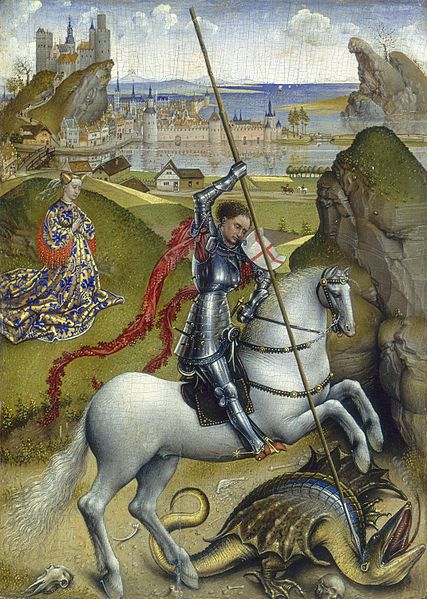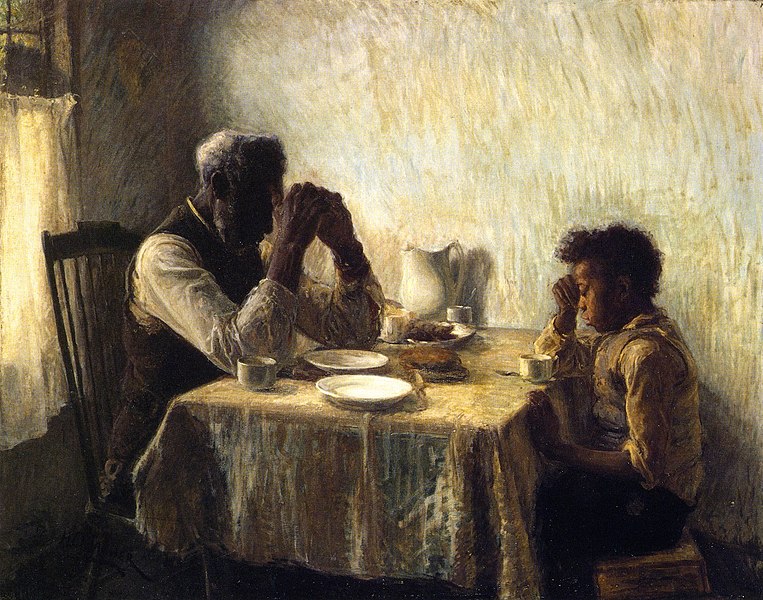Tag: Jordan Peterson
-

Reading for Meaning: Tapping into the Collective Unconsciousness
The story of Saint George and the Dragon is a classic tale of courage and faith. It tells the story of a brave knight, George, who saves a princess from being sacrificed to a dragon that has been terrorizing a small town. After slaying the dragon, George is celebrated as a hero and his bravery…
-

Learning Gratitude: A Pathway to a Good Life
Among the greatest characters created by Tolkien in The Lord of the Rings is the noble prince Faramir. He is the younger brother of the fallen Boromir and is characterized by wisdom and judgment. When we first meet Faramir in the forests of Ithilien, he chances upon the hobbits Frodo and Sam who have already…
-

The Pathway to Mastery: Apprenticeship in the Classroom
A new book landed on my desk around the beginning of the school year. Robert Greene’s Mastery (New York: Viking, 2012) touches on a number of points that are worthy of exploration and consideration. It reads like a mix of historical biography and self help by a writer who is a master of his craft.…
-

Human Development, Part 1: What Do You Have in Mind?
A sound pedagogy requires a good understanding of anthropology (the study of human beings including our nature, our biology, our behavior and our social patterns) and of epistemology (the study of the nature of knowledge and how humans experience and acquire knowledge). One way these key areas of study (anthropology and epistemology) converge pertains to…
-

Training the Prophetic Voice, Part 5: Internalizing the Prophetic Message
So far in this series, we have explored the theological and biblical paradigms surrounding our understanding of what it means to speak prophetically. It centers around God’s divine revelation to humanity and then becomes expressed through people who take up the message of God’s truth and speaking truth into new contexts. The model of discipleship…
-

Training the Prophetic Voice, Part 2: Speaking Truth to Power
Among the primary aims of our educational movement is to train our students in the art of rhetoric so that they can contribute meaningfully to the major cultural debates of our society. Enacting real and lasting change occurs as people dare to promote and defend what is true, good and beautiful in a world that…
-

Rules for Schools?: An Interaction with Jordan Peterson’s 12 Rules for Life (Part 3)
I have been interacting with Jordan Peterson’s 12 Rules for Life over the past few weeks. This is now the third and final installment. Part 1 looked at habit formation and deliberate practice, while part 2 considered several of Peterson’s rules in conjunction with the idea of discipline. At the heart of Peterson’s book is a concern for…

